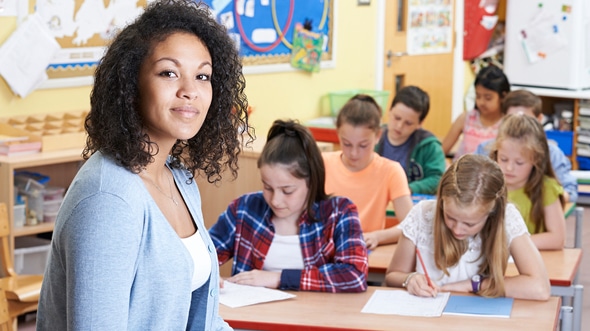The COVID-19 pandemic continues to affect teachers across the United States. It also appears that the situation will likely get worse before it gets better. Soon, all school districts will undoubtedly close temporarily rather than just a select few. This includes colleges and universities. What does this mean for prospective educators? What if the semester ends abruptly rather than continuing classes in virtual settings?
Uncertain times can certainly be stressful but current teachers and those seeking a degree do not just have to sit back and wait for things to improve. Make the best of a trying situation. If your community mandates a quarantine, there are things you can do that not only pass the time but help you better prepare yourself for a future in education or provide an unexpected opportunity for professional development.
Online learning environments have the best of both worlds. You get the skills and information you need and want without being stuck in a classroom during set times of the day.
Do you suffer from insomnia? Complete your lessons in the middle of the night. Have a toddler or infant? Work on classes while they play or nap. The flexibility of a self-paced environment offered in online courses is not only welcome, but also beneficial for your entire family.
PrepForward is proud to provide current educators and future teachers the necessary competencies for teaching virtual learners as well as those in traditional classroom settings. Use this “coronavirus downtime” to your advantage and enroll today in one of our classes.
Our distance learning courses are valuable for teachers already in the classroom for certification renewal, obtaining additional licensure, increasing salary opportunities, preparing for annual teacher evaluations, and reinforcing key concepts and skills. For prospective educators who are not yet in a classroom setting, our courses supplement and enhance college courses, help you better prepare for licensing exams, and add valuable expertise that you can highlight on your resume.
Our range of courses include elementary and advanced mathematics, reading comprehension and foundations of reading, writing and language arts and elementary inclusion. For more information about the courses we offer, please contact us. We will be happy to answer your questions about teacher prep or professional development.

